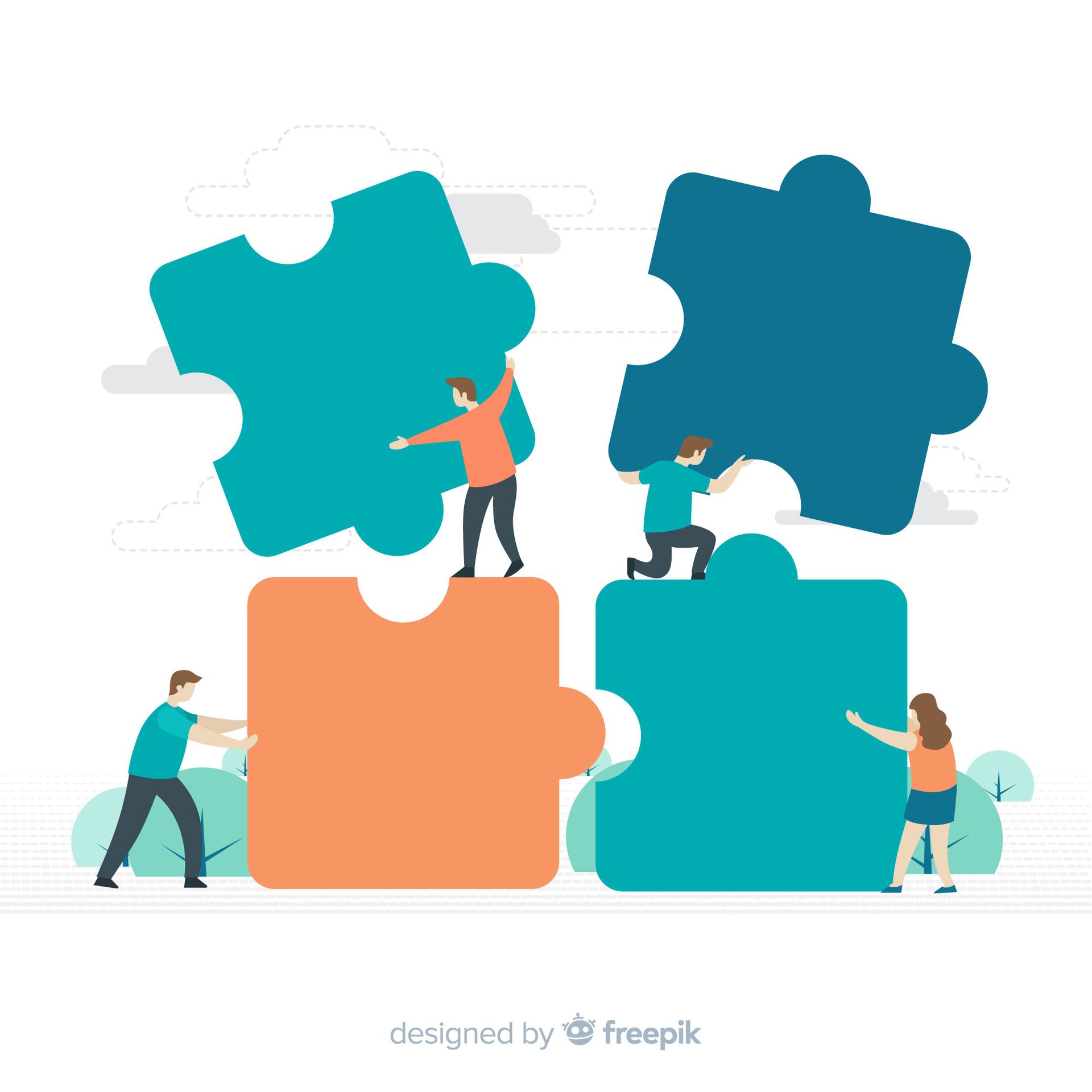Understanding user stories and acceptance criteria
User stories and acceptance criteria are vital components of Agile development, providing clarity and direction for successful product delivery.
User stories ensure that development teams and stakeholders maintain a shared understanding of project goals, user needs, and the criteria for successful completion.
What are User Stories?
User stories are short, simple descriptions of a feature told from the perspective of the end-user. They typically follow a straightforward format:
- As a [type of user]
- I want [an action]
- So that [a benefit/a value]
For example:
- As a website visitor,
- I want to easily navigate to the contact page,
- So that I can get in touch with customer service quickly.
This format helps to keep the focus on the user and their needs, ensuring that the development process remains user-centric.
What are Acceptance Criteria?
Acceptance criteria define the conditions under which a user story is considered complete. They provide clear, concise requirements that must be met for the feature to be accepted by the product owner. Acceptance criteria should be:
- Clear: Easily understood by all stakeholders.
- Measurable: Able to be evaluated to determine if they have been met.
- Testable: Allow for the creation of tests to verify the criteria.
For our user story example, the acceptance criteria might include:
- A link to the contact page is clearly visible on the homepage.
- The contact page loads within 2 seconds.
- The contact page contains a contact form with fields for name, email, and message.
- Submitting the contact form displays a success message.
These criteria ensure that the development team knows exactly what is required for the user story to be considered done, reducing ambiguity and enhancing communication.
Why are They Important?
User stories and acceptance criteria are crucial for several reasons:
- Enhanced Communication: They provide a common language for developers, stakeholders, and users.
- Clear Objectives: They outline specific goals and requirements, preventing scope creep.
- User Focus: They ensure that development remains aligned with user needs and expectations.
By incorporating well-crafted user stories and detailed acceptance criteria, Agile teams can deliver high-quality products that meet user needs efficiently.
Want to master the art of crafting effective user stories and acceptance criteria? Subscribe to our newsletter to deepen your understanding and enhance your Agile development skills.

